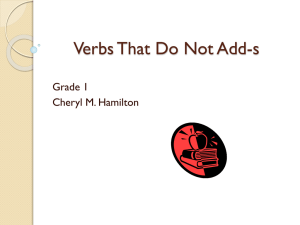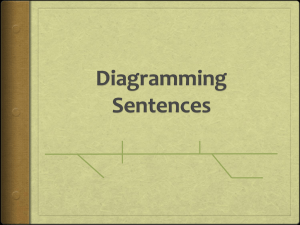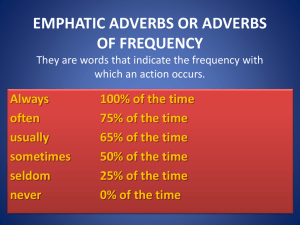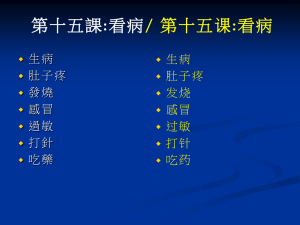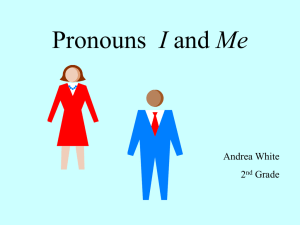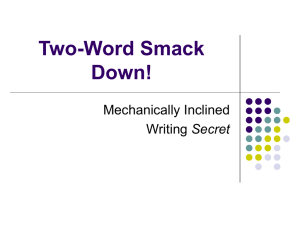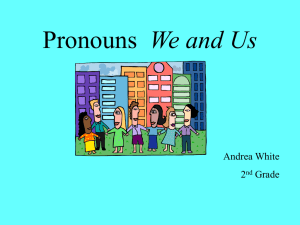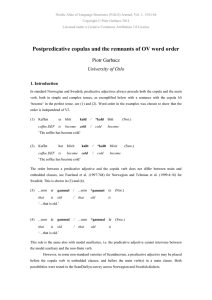Sentence Construction with the Syntactical Tree
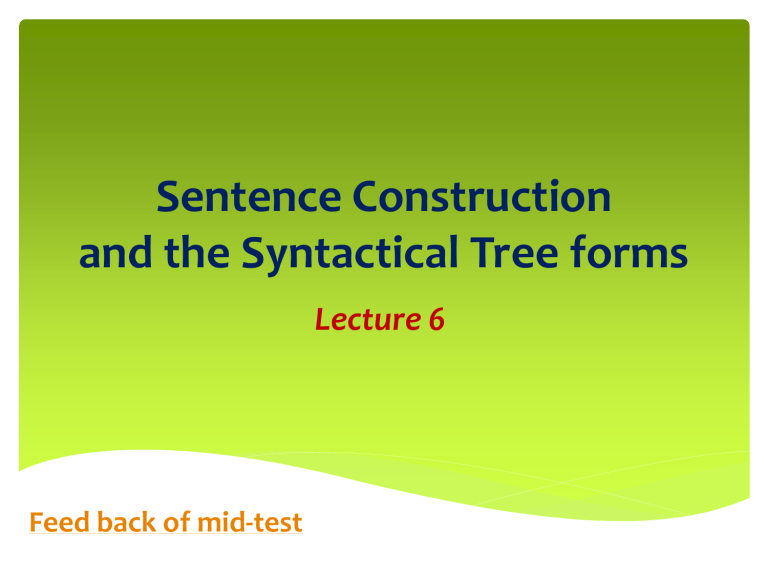
Sentence Construction and the Syntactical Tree forms
Lecture 6
Feed back of mid-test
1. Syntactic Form with Phrase
The most common of a sentence is the combination of NP and VP.
NP can be made up of a Det, any number of As, an obligatory N, and any number of PPs, and so on.
VP can be made up of an obligatory V and or NP or any number of PP, or they may be built up all together.
2. The tree structure of S=NP+VP
.......
........
3. The tree structure of S=NP+VP with Auxilary (Aux)
.........
..........
..........
..........
4. The tree structure of S=NP+VP with more than one Aux
........
........
........
........
.............................................
5. The tree structure of S=NP+VP+AP
[where V is predicative verb BE]
S
NP VP AP
Det A N V (BE) A
...... ....... ....... .......... ..........
The verb in the sentence above is so-called a verb with the predicative complement. Notice that AP is never down the tree of VP
6. The tree structure of S=NP+VP+AP
[where V is linking verb]
S
NP VP AP
Det A N V (LV) A PP
P NP
...... ....... ....... .......... .......... .......
.................
The most common of linking verbs are six forms:
5 senses + seem
7. The tree structure of
S=NP+VP+AdvP
S
NP VP AdvP
Det A N V Adv
...... ....... ....... .......... ..........
Notice: The linking verbs of 5 senses + seem are never occurred in this construction.
8. Subcategory of VERB
Unlike the other categories, VERB has the most common subcategory in the sentence as below.
1. INTRANSITIVE Verb. This kind of verb takes no NP in the construction. E.g.: dine, go, work, exist, arrive, die, etc.
2. TRANSITIVE Verb. This verb take a single NP in the construction. E.g.: see her, read a book, open a bottle, etc.
3. DITRANSITIVE Verb. This verb takes two NP complement in the construction. E.g.: tell him a lie, read him a story,
show him a book, buy him a sweater, etc.
4. Verb with PREDICATIVE COMPLEMENT. A predicative complement is one which tells us something about NP (subject) in the sentence. This kind of verb commonly in the ‘BE’ forms.
He is smart/ in the library/ a genius.
Draw the syntactic tree:
1. She looked at the man with the telescope.
2. She feels uncomfortable in the last few years.
3. John’s sister looks beautiful at night.
4. A very big dog seems tired behind the house.
5. It sounds ridicolous about the news.

